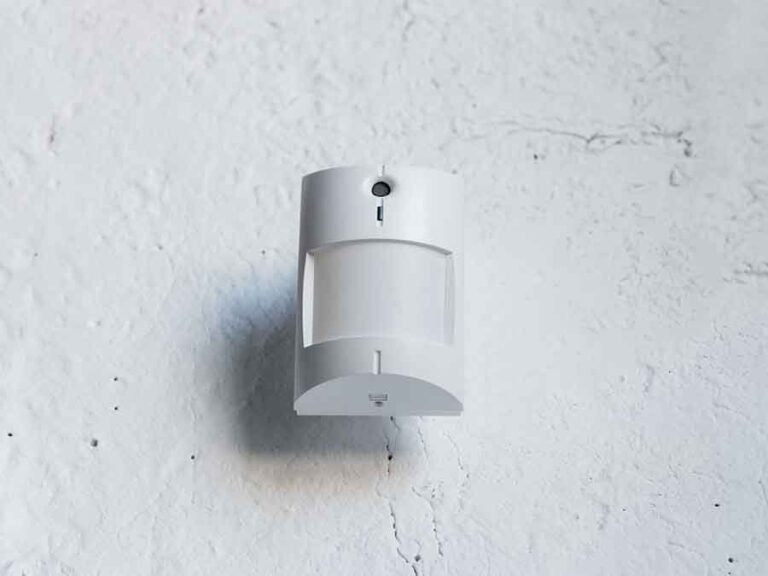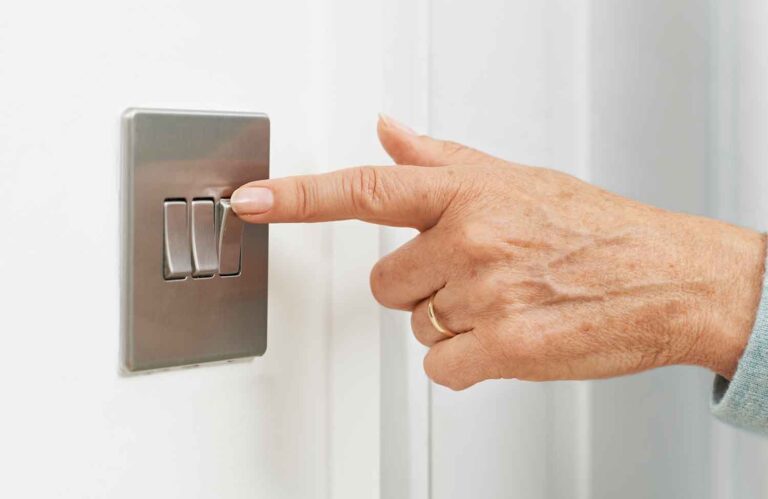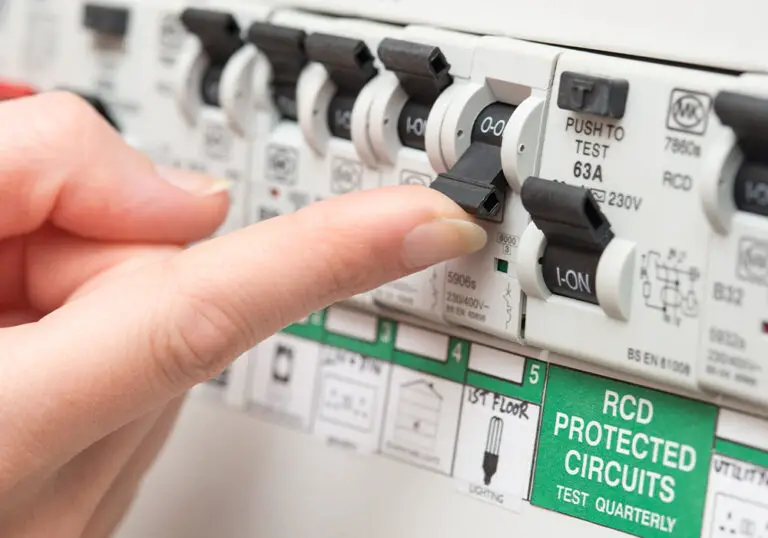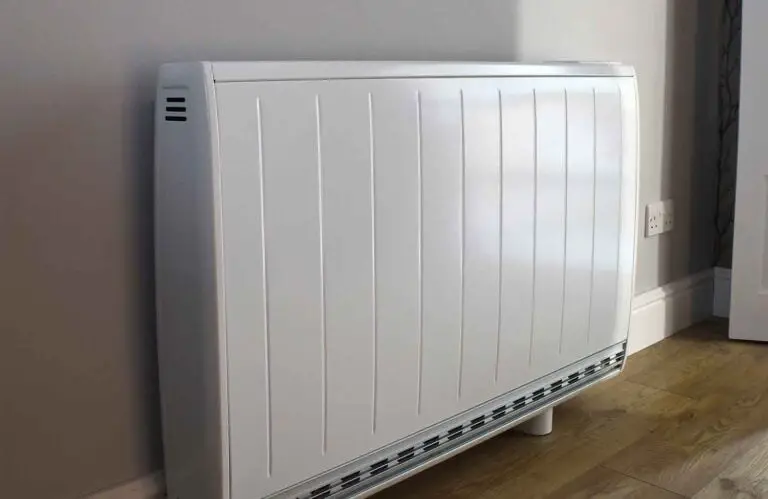How do Kinetic Switches work?
Kinetic switches have garnered much interest in recent years due to their innovative technology and energy-saving capabilities. As the name implies, kinetic switches operate using kinetic energy—energy derived from motion. This unique characteristic makes them an attractive alternative to traditional electrical switches, offering various applications and benefits for both residential and commercial usage.
To better understand kinetic switches, it’s important to explore the basic principles behind their operation. At their core, kinetic switches detect motion and use an internal mechanism, such as a magnet, to activate an electrical circuit. This motion can be as simple as a click or a gesture, which triggers the switch to send a signal to the receiver and subsequently turn on lights or other connected devices. The versatility of kinetic switches means they are available in several types to suit different applications.
Key Takeaways
- Kinetic switches harness the energy of motion to control electrical devices
- These switches use motion detection and an internal mechanism to activate circuits
- Versatility allows for various types of kinetic switches in multiple applications
The Basics of Kinetic Switches
Kinetic switches are an innovative technology that uses the energy of motion to control electrical devices. By harnessing kinetic energy, these switches eliminate the need for direct physical contact, making them an appealing option for modern, touch-free applications.
At the core of a kinetic switch is a mechanism that detects motion or gestures. When you click the switch, it generates kinetic energy that activates an internal magnet, which then triggers the circuit and sends a signal to the receiver. This interaction results in lights turning on and off, without the need for traditional wired connections or batteries.
There is a range of kinetic switch types available, each with its unique advantages and features. Some switches use motion detection and gesture recognition to activate, while others rely on the simple click of a button. The chosen type will depend on your specific requirements, the level of control you desire, and how you want to integrate the switch into your environment.
The benefits of using kinetic switches include their ease of installation, increased energy efficiency, and environmental sustainability. As no wires or batteries are required, there is a reduction in electronic waste, making them an eco-friendly choice for modern living and working spaces.
Keep in mind that although kinetic switches offer impressive advantages, they may not be perfectly suited for every application. As with any technology, some scenarios might present challenges or limitations, such as interference from other devices or potential signal delays. Consider the specific context in which you plan to use kinetic switches and assess whether their features align with your needs.
Using kinetic switches can greatly enhance your control over electrical devices, making your daily life more convenient, energy-efficient, and adaptive to your needs. Explore this innovative technology to discover how you can take advantage of its unique features and make your living or working spaces more modern and environmentally friendly.
Types of Kinetic Switches
There are several types of kinetic switches available for various applications. Each type is designed with specific functionality and purpose in mind. Understanding the types of kinetic switches enables you to select the best option for your particular needs.
Non-Dimmable Switches: Non-dimmable kinetic switches are ideal for controlling devices with fixed output levels. These switches execute simple on/off operations and are suitable for applications where a specific level of power output is required without the need for adjustable brightness or intensity.
Dimmable Switches: Dimmable kinetic switches offer variable power output by adjusting the brightness or intensity of the connected devices. You can find these useful in adjusting the lighting levels in your home or office settings, providing customised and comfortable environments.
Motor Control Switches: These kinetic switches are designed to control motors in various applications, such as moving machinery, garage doors, and window blinds. By detecting movement in linear or rotational directions, they activate an electrical circuit and enable precise control over the motor operation.
Each type of kinetic switch works by utilising kinetic energy, which is the energy of motion. When you click or activate the switch, it sends a signal from the switch to the receiver, controlling the connected devices, such as lights, motors, or appliances, by turning them on or off.
Selecting the appropriate kinetic switch for your specific needs can result in efficient energy usage and improved functionality in your premises. Just ensure that you choose a switch that matches the requirements of the connected devices and complies with the relevant safety and installation standards.
How Kinetic Switches Work: The Physics Behind
Kinetic switches operate using the energy of motion – kinetic energy. When you click the switch, the motion produces kinetic energy which is then transformed into an electrical signal. This signal is transmitted from the switch to the receiver, resulting in the activation of electrical devices, such as lights.
These switches rely on an internal mechanism and a magnet to detect movement and activate the circuit. The way the switch functions depend on the principle of motion detection and gesture recognition. As a result, kinetic switches eliminate the need for direct physical contact, allowing them to be highly versatile and convenient.
There are several benefits to using kinetic switches in various applications. One significant advantage is energy conservation – the kinetic energy generated by the user’s action powers the switch, and no external power source is needed. Additionally, since there is no physical contact required between the user and the switch, this technology can be more hygienic and durable as the wear and tear of frequently-touched surfaces are minimised.
On the other hand, there can be certain drawbacks to relying on kinetic switches. For instance, unintentional gestures or motions could unintentionally trigger the activation of electrical devices, causing inconvenience and potential energy waste.
In conclusion, understanding the physics behind kinetic switches is crucial to appreciating their benefits and potential drawbacks. With proper application, this technology can make daily life more efficient, convenient, and sustainable.
Components of Kinetic Switches
Kinetic switches work using kinetic energy generated by your interaction with the switch, such as clicking or pressing it. This energy is then transformed into an electrical signal transmitted to a receiver, activating lights or other devices. In this section, we will briefly discuss the main components of a kinetic switch.
The sensor is a key component of kinetic switches, as it detects movement or specific user gestures. Different sensor technologies are employed in kinetic switches, including infrared (IR) sensors, capacitive sensors, and motion sensors. These sensors can be integrated into the switch housing or installed in the surrounding environment for more extensive area coverage.
Another essential component in a kinetic switch is the magnet. The magnet, along with an internal mechanism, helps detect the linear or rotational movement and activates the electrical circuit. This arrangement guarantees a robust and reliable performance of the switch over time.
The transmitter is responsible for sending the signal to the appropriate device, such as a lighting system, upon activation by the user. It transforms the kinetic energy from the switch into electrical power in the form of a voltage pulse. This pulse is created when the lever is pressed and released, allowing the transmitter to turn on lights or other devices wirelessly.
Finally, the receiver is an integral part of the system, as it interprets the signal sent by the transmitter and translates it into the desired action. It can be connected to multiple devices or lighting systems, providing flexibility in the type of actions the switch can initiate.
By understanding the role of these key components in kinetic switches, you can better appreciate how this innovative technology streamlines and enhances device control in your home or office.
Applications of Kinetic Switches
Kinetic switches have found their way into a wide range of applications due to their ability to operate without direct physical contact. Among these applications, some of the most prominent include:
Automotive Industry: In vehicles, kinetic switches can be used to control various functions, such as wipers, lights, and entertainment systems. Their sensitivity to changes in motion allows for intuitive and safe operation while driving.
Industrial Equipment: In manufacturing and automation, kinetic switches play a crucial role in safety equipment. They detect sudden movement that may indicate an accident or malfunction, thus activating safety mechanisms to avoid further damage or injury.
Medical Devices: Kinetic switches are particularly useful in medical equipment, where sanitation and sterility are essential. They allow medical professionals to operate devices through gesture recognition, reducing the risk of contamination and ensuring a sterile environment.
Smart Home Technology: With the increasing popularity of smart homes, kinetic switches have become a popular choice for controlling various household appliances, such as lights, fans, and thermostats. Their motion-sensitive nature allows users to operate these devices without touching them, adding convenience and mitigating the spread of bacteria and viruses.
Security Systems: By incorporating kinetic switches into security system components, such as door sensors and motion detectors, it becomes easier to monitor movement in and around your property. This adds another layer of protection and can help you respond quickly to potential security threats.
To sum up, kinetic switches provide an innovative and convenient solution for a range of applications across various industries. Their motion-sensitive design enables users to operate devices more intuitively and safely, ensuring proper performance and reliability.
Advantages and Disadvantages of Kinetic Switches
Advantages:
- No power source required: Kinetic switches work using kinetic energy generated by clicking the switch. This means you don’t need a separate power source, such as batteries or electrical wiring, making installation simpler and more cost-effective.
- Integration with smart home systems: Many kinetic switches are compatible with smart home systems, allowing seamless integration with voice assistants or mobile applications. This enables remote control of your electrical devices, creation of automated schedules, and even the possibility of receiving real-time energy consumption data.
- Reliability and accuracy: Kinetic switches can detect motion and vibration with great accuracy, working effectively across a wide range of frequencies and amplitudes. This high sensitivity makes them ideal for situations where traditional mechanical switches may not suffice.
Disadvantages:
- Limited range: Although kinetic switches are wireless, they may have a limited range, which means the receiver must be within a certain distance of the switch to work effectively. This limitation could be problematic in large rooms or areas with physical obstructions.
- Compatibility issues: Some kinetic switches may not be compatible with certain electrical devices or systems. It’s essential to check compatibility with your specific device requirements before deciding on a kinetic switch.
- Potential interference: In rare cases, kinetic switches can experience interference from other wireless devices or signals, which could affect their performance. While this is not a common issue, it’s worth considering when selecting a kinetic switch for your home or business.
By weighing the advantages and disadvantages, you can make an informed decision on whether to choose kinetic switches for your electrical needs.
Future of Kinetic Switches
The future of kinetic switches looks promising as advancements in technology continue to drive innovation. With the increasing need for energy-efficient solutions, kinetic switches are poised to play a significant role in the sustainable development of our world.
One area where kinetic switches are gaining popularity is in smart home technology. As more households embrace Internet of Things (IoT) devices, kinetic switches can offer wireless, battery-free solutions for controlling lights, appliances, and other smart devices within a home. This not only saves energy but also simplifies installation and reduces maintenance costs.
In addition to residential applications, commercial and industrial sectors are also adopting kinetic switches to enhance their processes. These switches can be integrated into safety systems, production lines, and warehouse management operations. By harnessing the motion energy generated during routine tasks, these sectors can reduce their reliance on traditional energy sources and contribute to a greener future.
Lastly, there is potential for kinetic switches to play a role in the development of other fields such as robotics and automotive industries. By incorporating these switches within automated systems, machinery can be more versatile and responsive to their environment. This can lead to optimised performance and reduced energy consumption.
As technology progresses, it is likely that we will continue to see more innovative and unique applications for kinetic switches. Embracing this technology can help drive us towards a more sustainable future, where efficiency and environmental consciousness go hand in hand.






